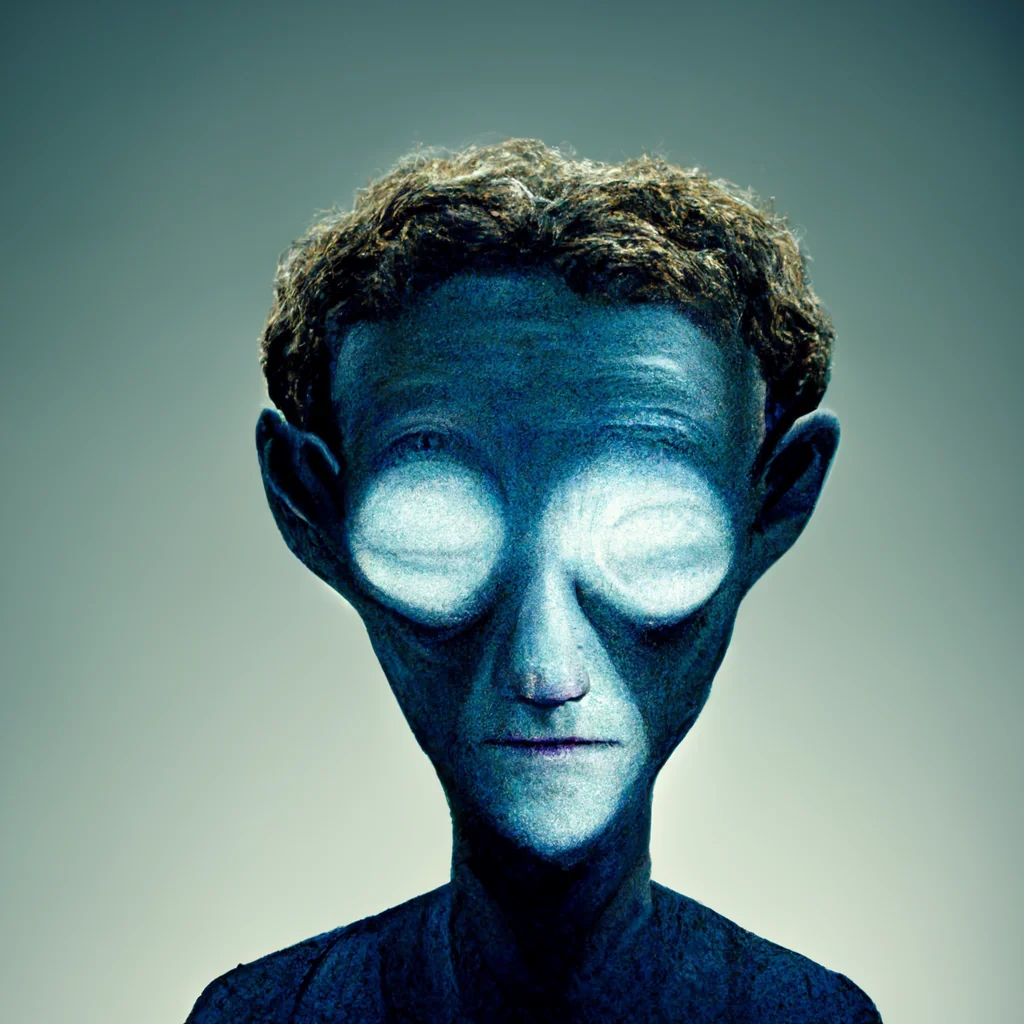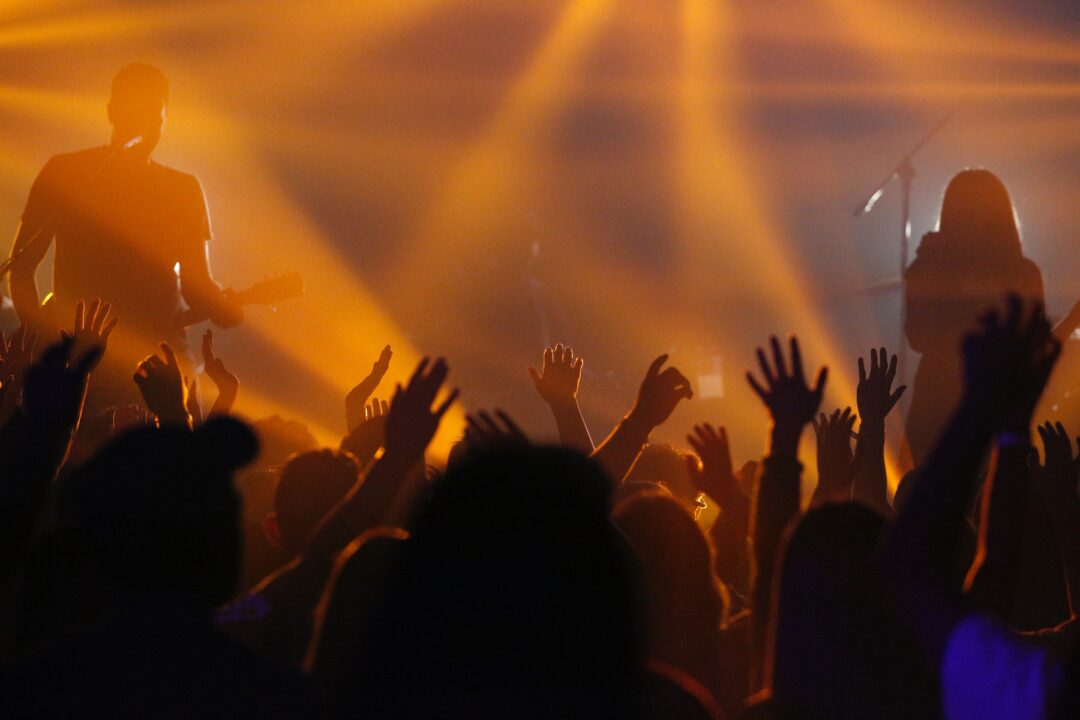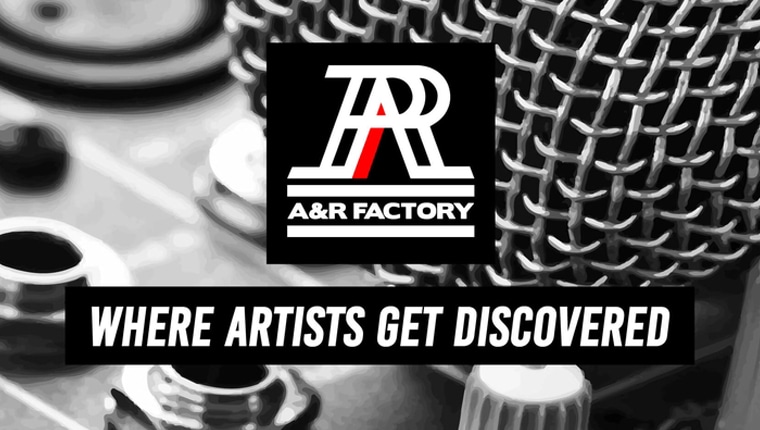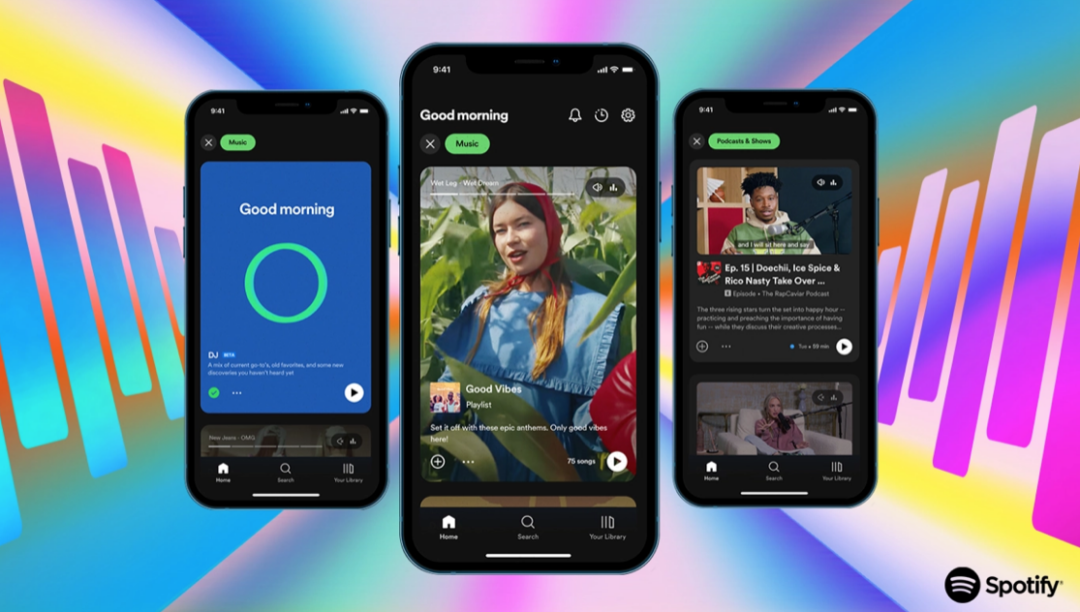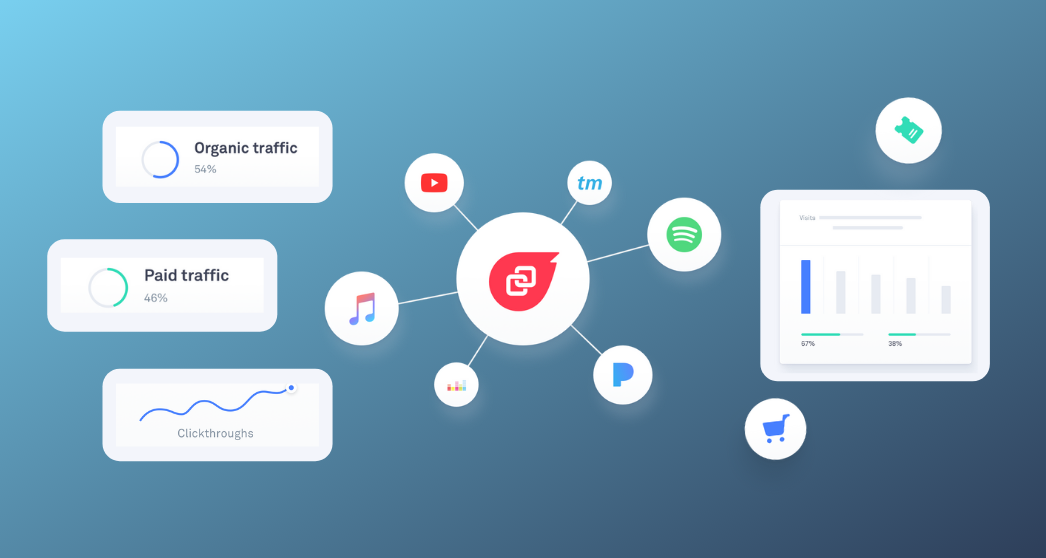There are few things more disheartening than tumbleweed rolling over your new music announcements after you have poured your blood, sweat, tears, and limited funds into a new release. It is all too easy to take it personally, but rather than seeing it as a sign of your perpetual lack of popularity, view it as a defect in the digital landscape; one that you can work around by understanding the Facebook algorithm.
In an ideal world, you wouldn’t have to, musicians would get as much space on newsfeeds as people sharing schadenfreude memes, cat pictures and selfies with so much cleavage you might as well be on Pornhub. Unfortunately, that isn’t the digital landscape that Zuckerberg has put in front of us.
Why Facebook Feels Impossible for Musicians
The Facebook algorithm is notoriously discriminative for musicians trying to promote their music. Primarily, this algorithm prioritises personal content over promotional posts. So, when musicians share their latest tracks, these posts are less likely to appear prominently in their audience’s news feeds, especially compared to personal updates and casual content from friends and family.
Moreover, the algorithm is designed to encourage engagement (likes, comments, shares), but music posts, which might not immediately prompt such interactions, can struggle to gain visibility. This means that even if the content is high quality, it might not reach a wide audience simply because it doesn’t generate immediate reactions.
Additionally, there’s a financial aspect to consider. Facebook often promotes the use of paid advertising to increase post visibility. This model favours those who can afford to invest in advertising, putting independent artists with limited budgets at a disadvantage.
In essence, the Facebook algorithm can inadvertently side-line musicians, especially independent artists, by favouring personal, engaging content and putting a premium on paid promotions.
Furthermore, artists are put under immense amounts of pressure to keep posting regularly and make performing monkeys out of themselves to compete with the TikTok generation of narcissists whose contributions to society are lip-syncing terribly to music they didn’t create and pretending their brain cells are in shorter supply than they actually are for 15 seconds of fame.
“The platforms we have to exist on now don’t even allow us to reach the people that have gone out of their way to follow us. The algorithms want you to post daily and maybe just maybe they might reward you by sending it out to a few more of your followers. I know I can’t and don’t want to personally keep up with those expectations.” – BATT
Understanding the Facebook Algorithm
AI Integration: AI plays a crucial role in personalising content by analysing user behaviour and preferences. AI algorithms analyse a user’s past interactions on Facebook. This includes which posts they’ve liked, commented on, shared, and the time they’ve spent on different types of content. For instance, if a user frequently interacts with music-related posts, the AI is more likely to show them similar content.
Meaningful Interactions: Facebook prioritizes posts that encourage conversations and meaningful interactions. A “meaningful interaction” is a metric that goes beyond basic engagement like likes or clicks. It refers to user actions that suggest a deeper level of interest or engagement with the content.
Relevance Scores & Engagement Predictions: Each post receives a relevance score based on content type, user interactions, and viewing duration. Then, the algorithm predicts the likelihood of a user engaging with a post or page.
Content Variety: The Facebook algorithm always ensures that a balanced mix of content types (videos, photos, links, text posts) is presented to users. This may put some musicians at an unfair disadvantage if another artist’s music-related posts are promoted ahead of theirs. However, by ensuring your content is engagement-worthy, you could put yourself at an advantage.
User Control: Facebook offers features like “Show More, Show Less” for feed customisation. By ensuring that you’re only posting high-quality content, people will be less inclined to hit the “show less” button.
Hacking the Facebook Algorithm
- Understand Your Audience: Know what is meaningful, relevant, and informative to your audience.
- Engage with Your Audience: Prioritise meaningful interactions and respond to comments.
- Post at Optimal Times: Maximize engagement by posting when your audience is most active.
- Utilise Status Posts: Simple status posts can sometimes yield high engagement.
- Leverage Your Advocates: Find ways to encourage your fans to share your content.
- Collaborate with Influencers: Partner with influential figures in the music industry.
- Monitor Analytics: Use insights to adjust and optimise your content strategy.
- Use links wisely: Facebook doesn’t like posts containing links to other sites, such as Spotify, as they take users away from Facebook and Facebook’s ads.
- Use calls to action sparingly: If your posts contain phrases like “check out our new merch”, you will be automatically downranked in the algorithm – use phrases like these sparingly.
- Don’t go OTT on hashtags: Use a maximum of three hashtags on your Facebook posts – choose them wisely and consider using a hashtag generator.
- Avoid Manipulating the Algorithm: Stay authentic and avoid black-hat strategies.
- Experiment with Reels: Focus on high-quality, engaging reel content.
Facebook Reels Algorithm
If you’ve been resisting becoming a reel-generating musician, it may be time to jump on the hype if you want to conquer the Facebook algorithm in 2024. Reel addiction has become a major phenomenon for TikTok, Facebook and Instagram users. You may have even noticed that YouTube has become proliferated by YouTube Shorts. The obsession with reels boils down to the dopamine hits from watching short-form videos; the dopamine hits trap people in a cycle of watching them due to the sense of reward and satisfaction. If you’re interested in taking advantage of people’s reel addictions (yes, I do feel a bit sickened with myself writing that!), keep the duration as short as possible (15 – 30 seconds), be as entertaining and engaging as possible, use built-in tools effectively, film clear audio, use good lighting and always shoot vertically.
By understanding and adapting to these algorithmic nuances, musicians can significantly enhance their visibility and engagement on Facebook in 2024.
–
For more advice on how to market your music, enquire about our artist consultancy services, or keep following our blog for more tips on how to navigate the tempestuous waters of the music industry in 2024.
Article by Amelia Vandergast

